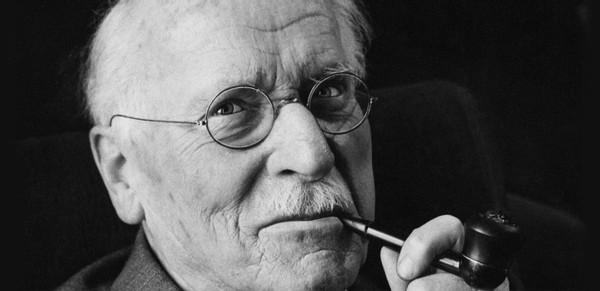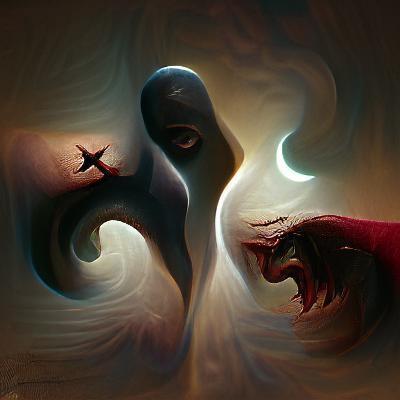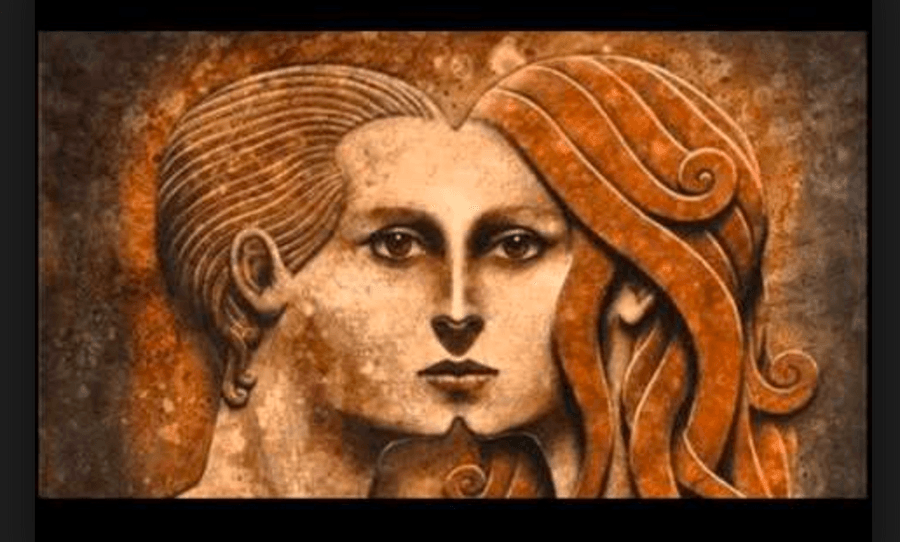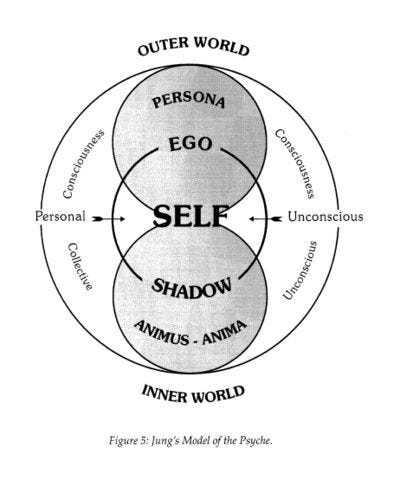4 Carl Jung Theories Explained: Persona, Shadow, Anima/Animus, The Self
Curated from: medium.com
Ideas, facts & insights covering these topics:
5 ideas
·13.4K reads
76
1
Explore the World's Best Ideas
Join today and uncover 100+ curated journeys from 50+ topics. Unlock access to our mobile app with extensive features.
The Persona
In a public situation, we present a different version of ourselves than from the one at home. Every profession has unspoken agreements about which manners are acceptable, and which are not.
It is then the purpose of the persona to suppress the impulses and emotions that are not considered socially acceptable. The difficulty is when one becomes so identified with his persona that he loses all sense of self. The result is an inflated persona with excessive concern for what people think and a lack of courage to endure conflict and refuse others' wishes.
626
2.97K reads
The Shadow
The 'shadow self' is everything a person has denied in themselves, such as spontaneity, aggression, cowardice, carelessness, passion, enthusiasm. It embraces all the thoughts and moods for which we feel guilt and shame.
The shadow is emotional, for it must oppose the rigidness of the ego. It is prone to psychological projection, where we attribute to others the inferior qualities we do not want to admit are in ourselves. When we perceive a moral deficiency in others, we can be sure there is similar inferiority within ourselves.
631
2.55K reads
Anima/Animus
- Jung believed that inside the shadow are the qualities of our opposite gender. The anima expresses the feminine qualities within a man, and the animus indicates the masculine qualities within women.
- Jung presented the concepts of the anima and animus as the archetypes of Eros and Logos. Eros (the female) is identified with receptivity, creativity, relationships, and wholeness. Logos (the male) is associated with power, thought, and action.
- The archetypes of the anima/animus have their own autonomy, and are independent from our conscious mind.
576
2.3K reads
Carl Jung's Archetypes
In the psychology of Carl Jung, the archetypes represent universal patterns and images that are part of the collective unconscious.
The four main archetypes described by Jung are:
- The Persona
- The Shadow
- The Anima/Animus
- The Self.
610
3.36K reads
The Self
The self is the sum of everything we are now, everything we once were, and everything we could potentially become.
The archetype of the self is the start of our impulse toward self-realization. Carl Jung believed the end purpose of human life is to experience this coming together of the whole.
577
2.27K reads
IDEAS CURATED BY
Elena X.'s ideas are part of this journey:
Learn more about personaldevelopment with this collection
How to handle conflicts
How to identify and regulate emotions
How to develop self-awareness
Related collections
Similar ideas
7 ideas
The 4 Major Jungian Archetypes
verywellmind.com
13 ideas
The Archetypes of the Anima and Animus
appliedjung.com
6 ideas
Hero Archetype: Decoding This Powerful Archetype in Film & Life
scottjeffrey.com
Read & Learn
20x Faster
without
deepstash
with
deepstash
with
deepstash
Personalized microlearning
—
100+ Learning Journeys
—
Access to 200,000+ ideas
—
Access to the mobile app
—
Unlimited idea saving
—
—
Unlimited history
—
—
Unlimited listening to ideas
—
—
Downloading & offline access
—
—
Supercharge your mind with one idea per day
Enter your email and spend 1 minute every day to learn something new.
I agree to receive email updates




